This story is part of Next Generation, a series in which we give young makers a platform to showcase their work. Your work here? Get in touch and plot your coordinates as we navigate our future together.
“God made Lusatia, but the devil put the coal beneath it.” A well known saying in Lusatia, Germany. Addressing the fact that the area has a large deposit of brown coal. The first open pit mine started in 1789, with four still active today, due to be closed by 2038. What is left behind is a postindustrial landscape which, in its materiality, tells us stories of destruction. This story is told in an installation Post Wilderness by Melissa Schwarz, studying MA Interaction Design at the University of the Arts London (LCC). We caught up with Melissa to discuss how these extractive processes can lead to a rewriting of nature, a necessary step in order to solve what she describes as the nature/Nature divide; to be able to let Nature become nature again.
Tell us about Post Wilderness.
‘Post Wilderness’ is an installation which explores what constitutes ecosystems after capitalist, large-scale extractivism has abandoned their site and what implications this has in a wider, global context. It deals with the poetics of minerals from geological epochs long past being brought to the surface and being the ground for new ecosystems. In the poetic narration I'm journeying and discovering this landscape whilst I'm reflecting on where we are now, using Lusatia as a metaphor and laboratory to think about how we go forward from capitalist destruction.
Many countries are now stopping their extraction efforts. What happens to these places after?
What sparked my interest in postindustrial landscapes initially, were capitalism’s false narratives surrounding what they call ‘sustainable’, for example electric cars, which rely heavily on lignite extraction which is destroying ecosystems by drying out large areas and poisoning the little water that is left. This made me question what happens to these places, these ecosystems, after capitalism has materially exhausted the places and moved on, as it is the case with brown coal extraction sites. Renewable energies are replacing the traditional way of winning energy out of brown coal, and many countries are now stopping their extraction efforts. What happens to these places after? In which ways are their ecosystems forever haunted by their extractive past? I decided to pick out the specific point of the material change that happened to the site and its ecosystem due to extractivism. I believe this to be an important aspect, since what an ecosystem is made up of materially is the deciding factor for what is able to exist in it. In this way, the material change not only reveals the long-term effects of extractivism, but also shows us, in a uniquely visible way the damage and scale capitalist processes have on a place.
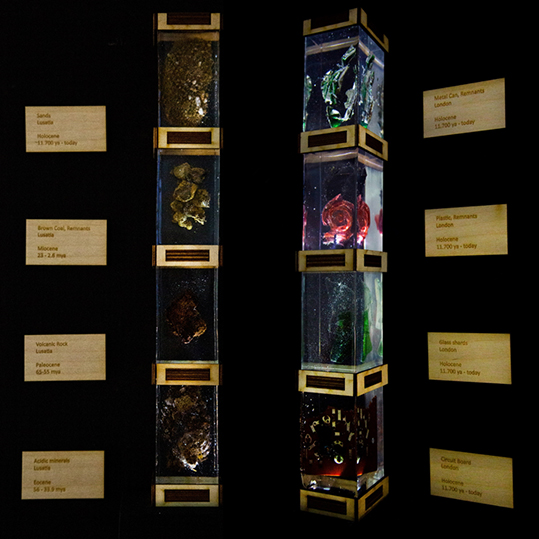
How was the creative process of your work?
The project developed predominantly through field-based research. I wanted it to be site specific, as I believe that it’s important to show direct effects. In order to do this, I picked out Lusatia in Eastern Germany and traveled there to conduct my research, gather video and audio material as well as soil samples for my installation. In order to connect the points I am making to what is happening globally, I did fieldwork in London as well. The outcome was a screen-based installation, which also incorporated objects. These objects were two columns on either side of the screen, which were made out of resin that encased material samples I had taken from the specific ecosystems. Haraway’s ‘Staying with the Trouble: Making Kin in the Cthulucene’ as a text had a great influence on how I went about constructing my narrative for the film, as she specifically addresses storytelling. “…I look for real stories that are also speculative fabulations and speculative realisms. These are stories in which multispecies players, who are enmeshed in partial and flawed translations across difference, redo ways of living and dying attuned to still possible finite flourishing, still possible recuperation” (Haraway, 2016, p. 10). The story of Lusatia is one such story. I therefore approached my script as a ‘translation’ in that sense, which I saw as an exercise in communicating not only the sad reality of what destruction of the biosphere has happened, but to also tell a hopeful story, as it is the point from which we go into the future.
It might not be the nature that existed there originally, but it is a new nature, which is valuable as well and a step into the right direction into the future of nature.
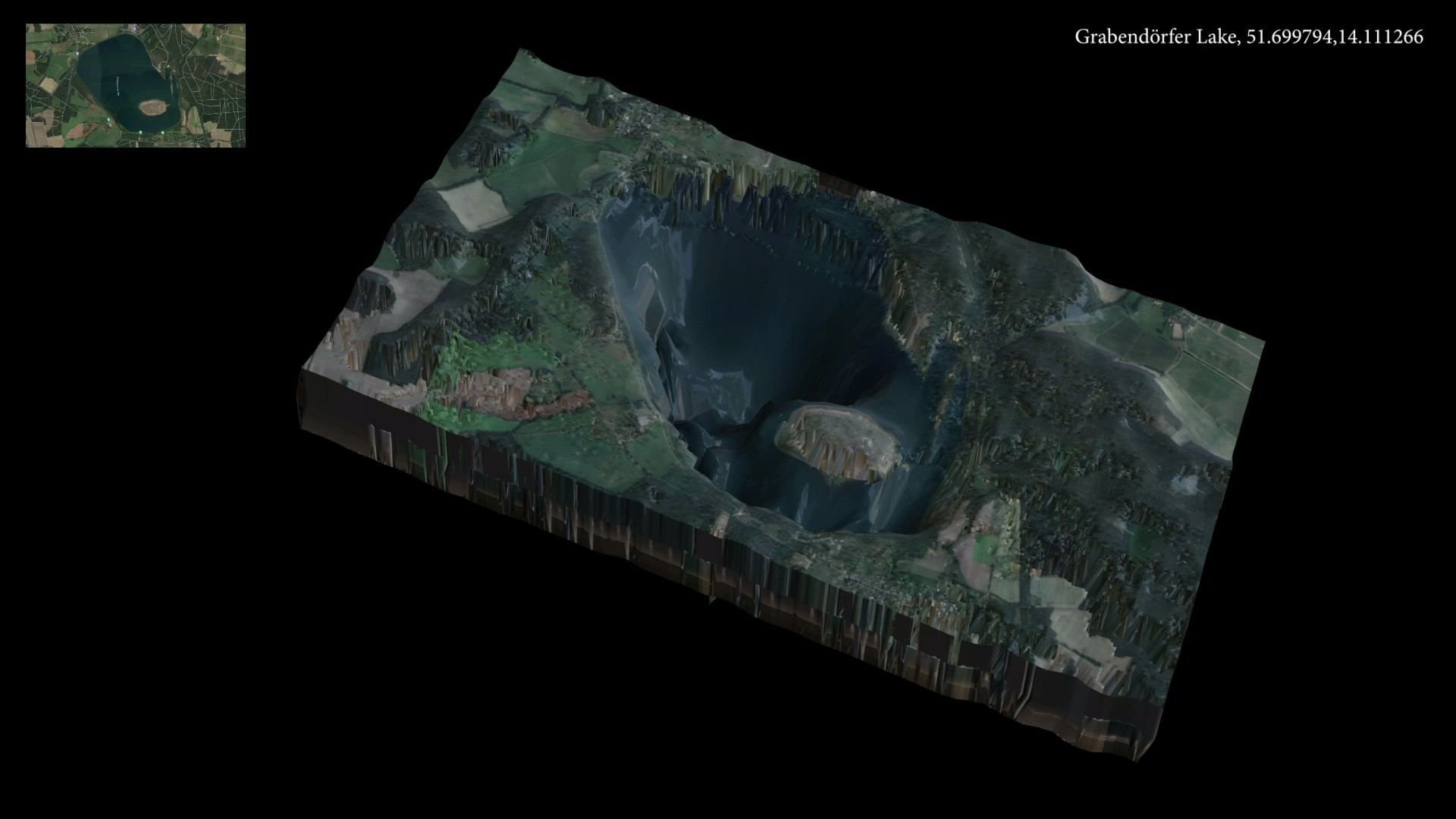
What does the postindustrial landscape reveal about humans and nature?
Postindustrial landscapes reveal the humanist view of thinking nature and culture as separate. This has allowed for the environment to be exploited and destroyed the way it has been. It is the very reason why Lusatia is full of swaths of destruction; extractivism turning forests into moonscapes and rendering lakes uninhabitable; for nature was seen and still is seen as a means to human ends. However, it also shows that we are capable of doing better; in Lusatia, reforestation and rewilding efforts which partly started centuries ago have resulted in a big part of the area to be covered in what to the unsuspecting eye looks no different. I went on walks in large forests there, only to notice after some time that the trees stood in lines too straight to naturally occur. I climbed a lookout to see a big, calm lake beneath, just to then be informed by a sign that this lake is only fourteen years old and was created by damming in a crater left behind by excavators. It might not be the nature that existed there originally, but it is a new nature, which is valuable as well and a step into the right direction into the future of nature.
Can you tell us what you mean by ‘Nature becomes nature again’?
Often, one hears or reads phrasings like “we need to go back to nature”; revealing an understanding of nature today as being a pale reflection of what it once was, the beginning of the end of “real” nature lying somewhere in the past (Law & Lien, 2018, p. 143). This to me reveals the ontological problem the concept of nature has. I called this ontological problem the Nature/nature divide. Jonathan Moore writes that the nature/culture divide allowed nature to become Nature, which he defines as environments without humans (2016, p. 87). This is also mirrored in an understanding of nature as “the other” which serves human ends. I believe that Nature in this sense has not existed ever since humans have; and I therefore think Nature should become nature again, so we as humans can take responsibility with the awareness that Nature; an untouched wilderness, is nothing we could or should aspire to return to. This ontology of nature makes it free to better enact change.
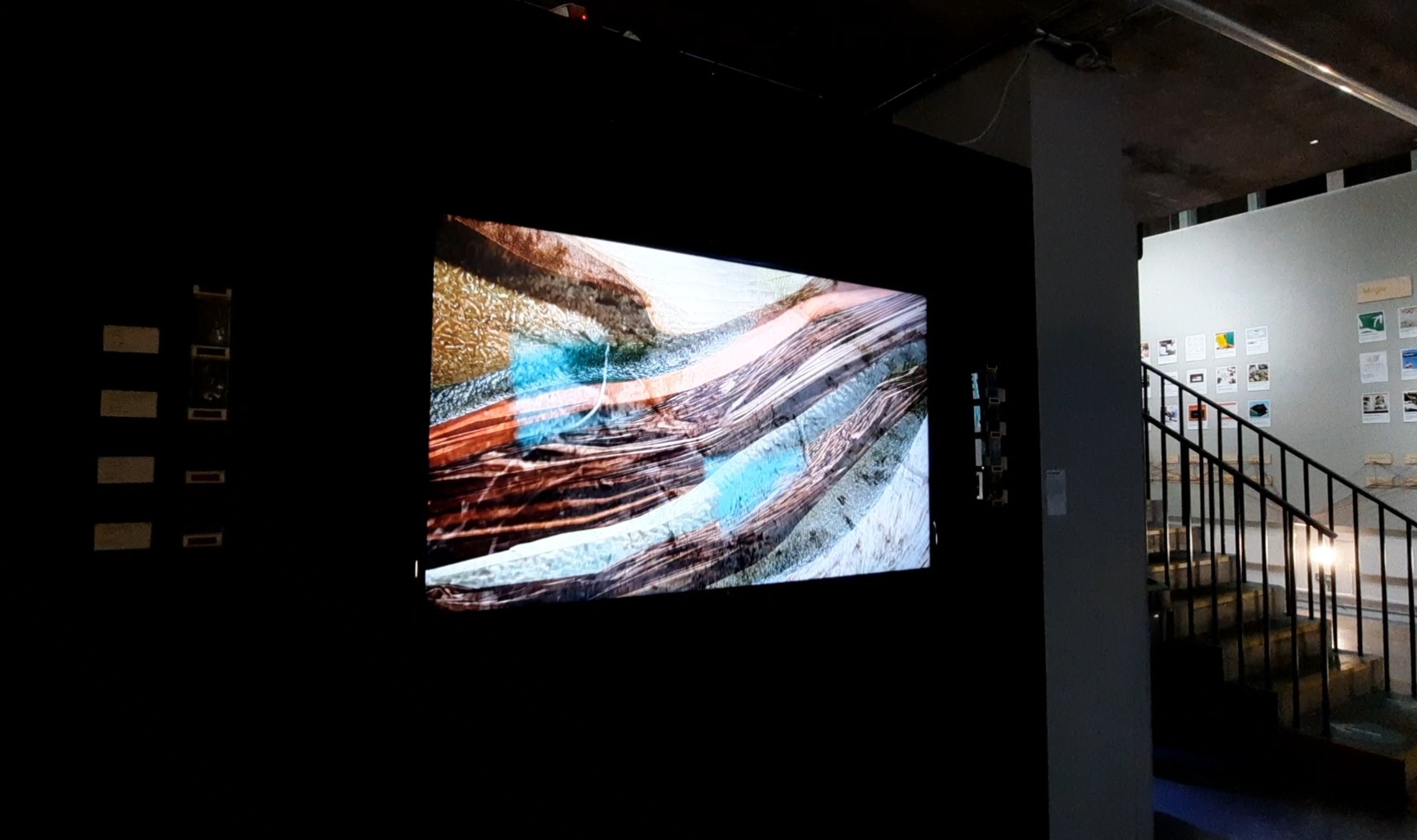
What does the comparison between Lusatia and London reveal?
Whilst the effects of extractivism might be more obvious in such places like Lusatia, the effects are visible globally. Therefore, the aim for my piece was to communicate that a driving factor of unhealthy or dying ecosystems, is related to extractivism. Extractivism and the resulting materiality of a place has therefore become a lens for my piece through which I wanted the audience to look at their own surroundings. Extractivism and the ecopolitics of matter are often only addressed in the scope of pollution, and it is certainly part of the conversation I want to provoke with my work, yet I also want to dive a bit deeper. The question after why a piece of metal is floating in the river Thames is closely connected to the question why the trees in most forests in Lusatia are standing in perfect lines. Even though this isn’t an obvious connection it is one worth making in order to better understand geopolitical processes and how they are connected to globalized capitalism.
Postindustrial landscapes can teach us how we can work toward sustainability by showing us what potentialities are there after capitalism has materially exhausted a place and moved on.
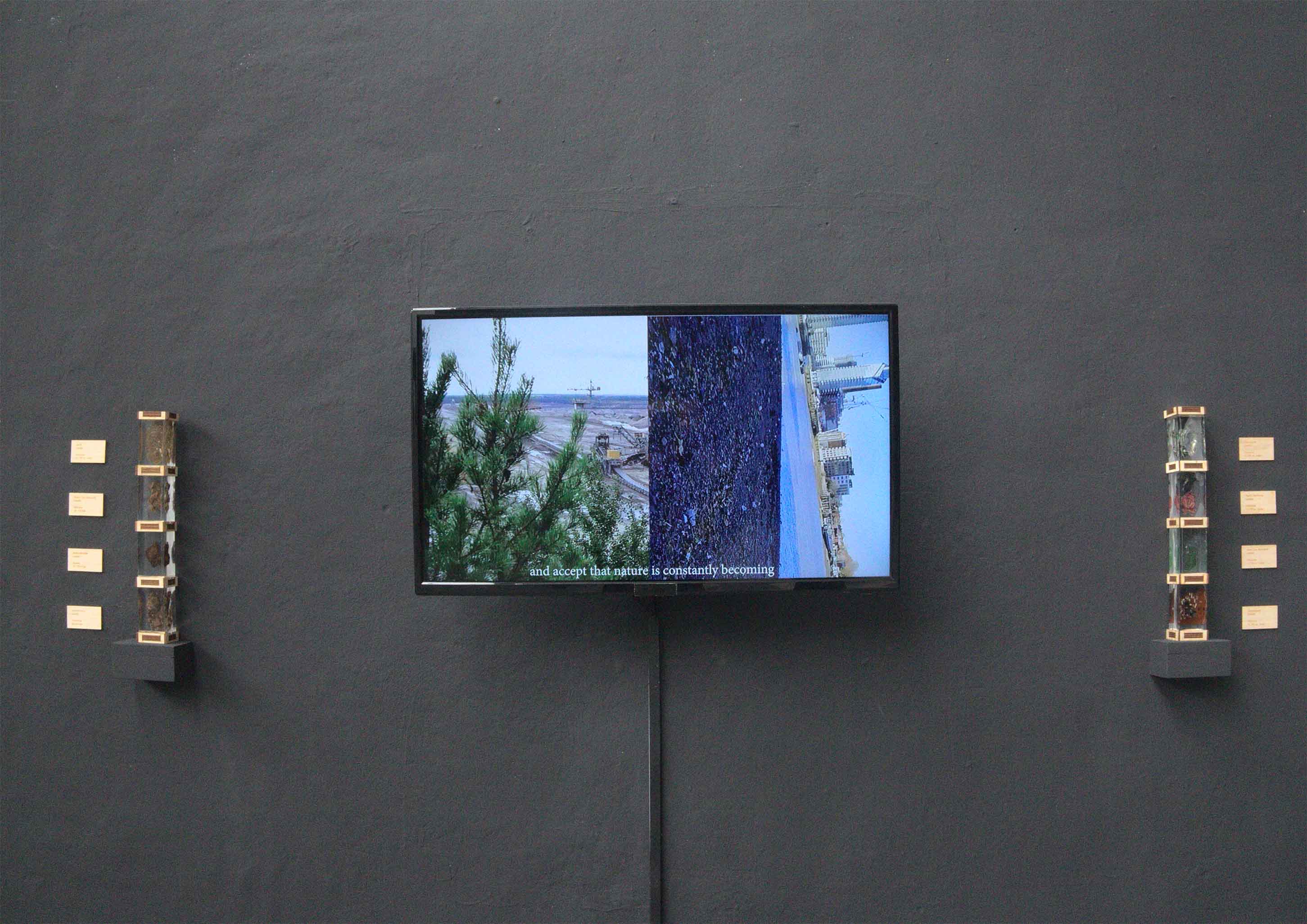
How does your project help explore the futures of nature?
I believe postindustrial landscapes open up unique spaces, both literally and metaphorically. Spaces which can be laboratories in which a posthuman subject can exercise responsibility in worlding practices. They can be laboratories in the methodological sense, through which we can think about ontologies for nature and about its futures. Postindustrial landscapes can teach us how we can work toward sustainability by showing us what potentialities are there after capitalism has materially exhausted a place and moved on. With ‘Post Wilderness’ I’m exploring and constructing the spatial narratives of a place which uniquely combines both the past and future of nature. New ecosystems grow on the ground of the destruction of the old ones. And I believe an exploration of such spaces can be a helpful tool for relieving from the burden to be caught between future and past nature, and makes room for the acceptance of nature now, without having to differentiate between concepts of nature, post or pre-industrial, pre- or posthuman, what I believe to be a more helpful tool to work towards a rewriting of human history, which critical posthumanism calls for.
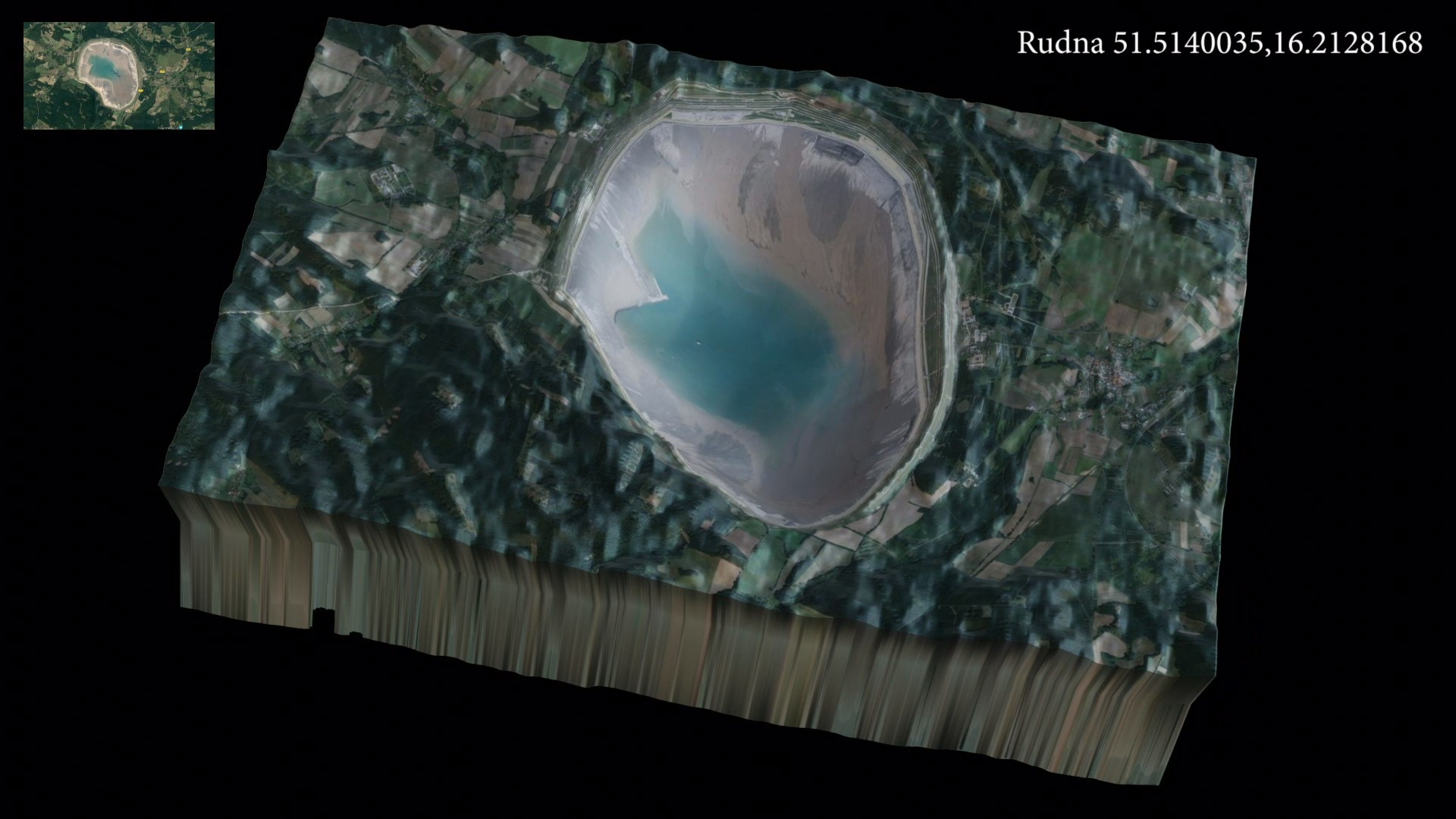
davidson
Nisam mogao vjerovati kako sam dobio zajam od 20,000 eura u 24 sata... Sretan sam i ponovno financijski stabilan i hvala Bogu da takve kreditne tvrtke još uvijek postoje na ovim prevarama posvuda, savjetovali su me i savjetovat ću svakoga tko treba posudite zajam kako biste ih kontaktirali putem e-pošte (davidsonalbertloan@gmail .com) Brzo kontaktirajte (davidsonalbertloan@gmail.com) danas i dobijte svoj zajam od njih at 3%. Svakako kontaktirajte DAVIDSON ALBERT LOAN COMPANY....
Posted on
Hendrick Marvel
I wanted and fought very hard to win the lottery that didn't come to pass until I found out about Dr Ozigidon Lottery spell. Dr Ozigidon is the real deal. My name is Hendrick Marvel, I'm from Ohio United states. I just want everyone to know about Dr Ozigidon, he helped me win a lot of money sometimes ago in lottery, I have played a couple of times and I have never won , I contacted him after watching a video of how he cure a woman of a deadly sickness. I told him I want to win the lottery and become rich to clear the debt I owe. He said if you can pay for the spell before the next draw, then consider yourself a millionaire. I had to loan money from a colleague to get the spell done. He gave me some lucky winning numbers, and he also instructed me on how to go about it, i played and i won $33,750,000 THIRTY-THREE MILLION, SEVEN HUNDRED, FIFTY THOUSAND DOLLARS, I have never seen such money all my life, but with the help of Dr Ozigidon, now I have that much, if you ever need help in getting lottery winning numbers to enable you win much money to pay for anything you wish for in life., do not hesitate to contact Dr Ozigidon, he did the unthinkable for me. contact him via his Email: drozigidonhenz.spell.net@gmail.com Whats , App. him now +2349054750112
Posted on
lsjjngmxvu
Muchas gracias. ?Como puedo iniciar sesion?
Muchas gracias. ?Como puedo iniciar sesion?
Posted on